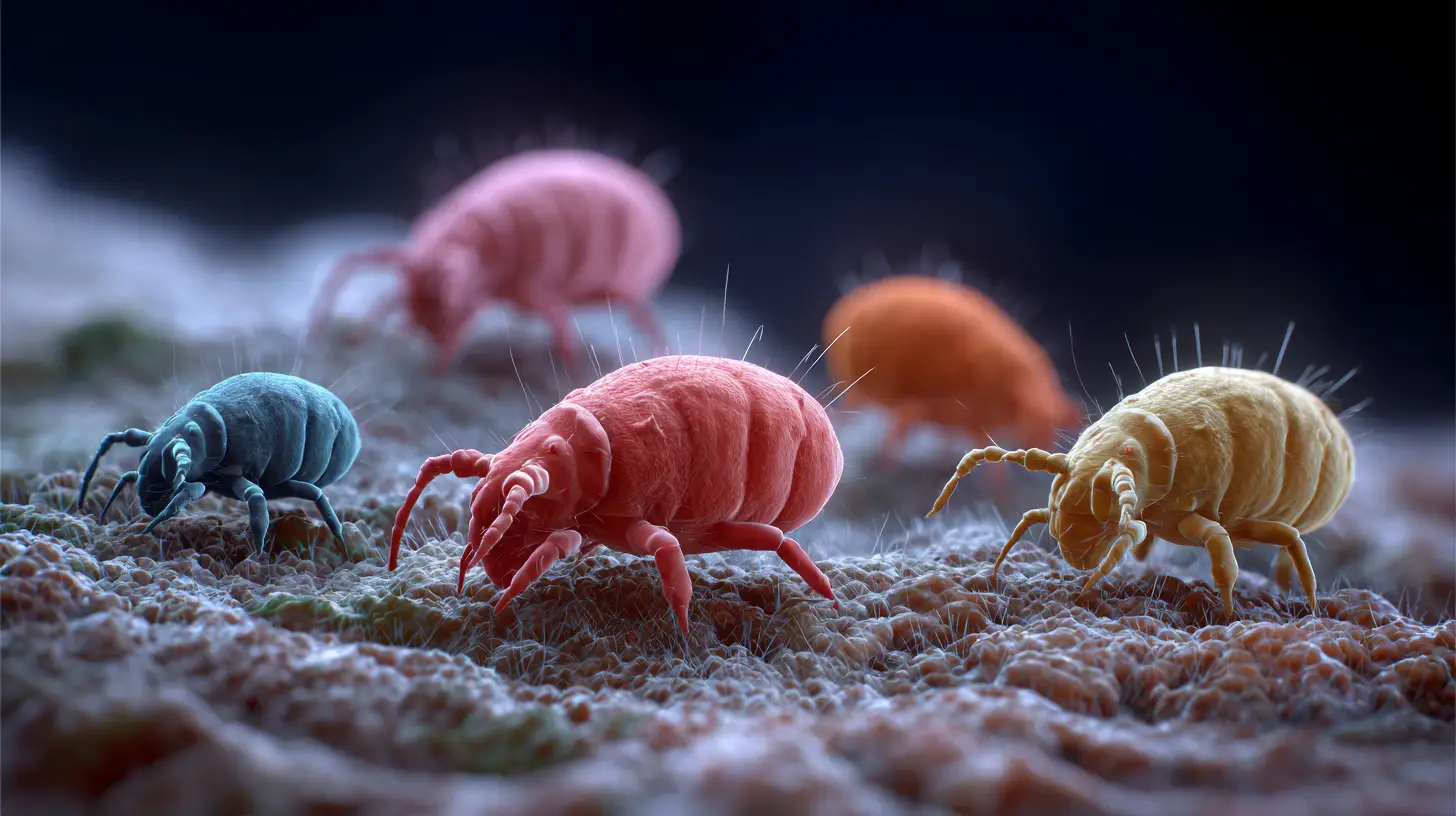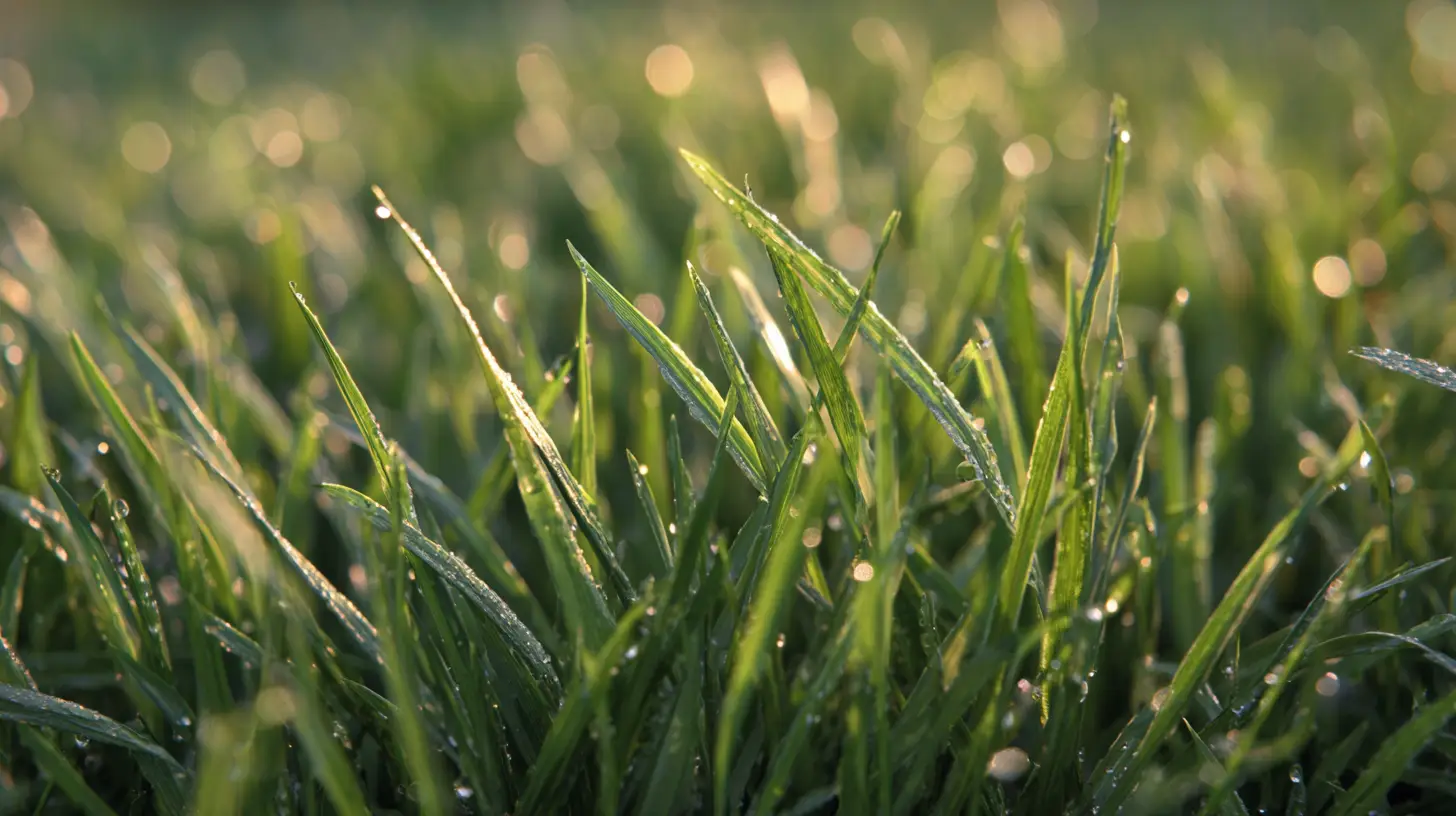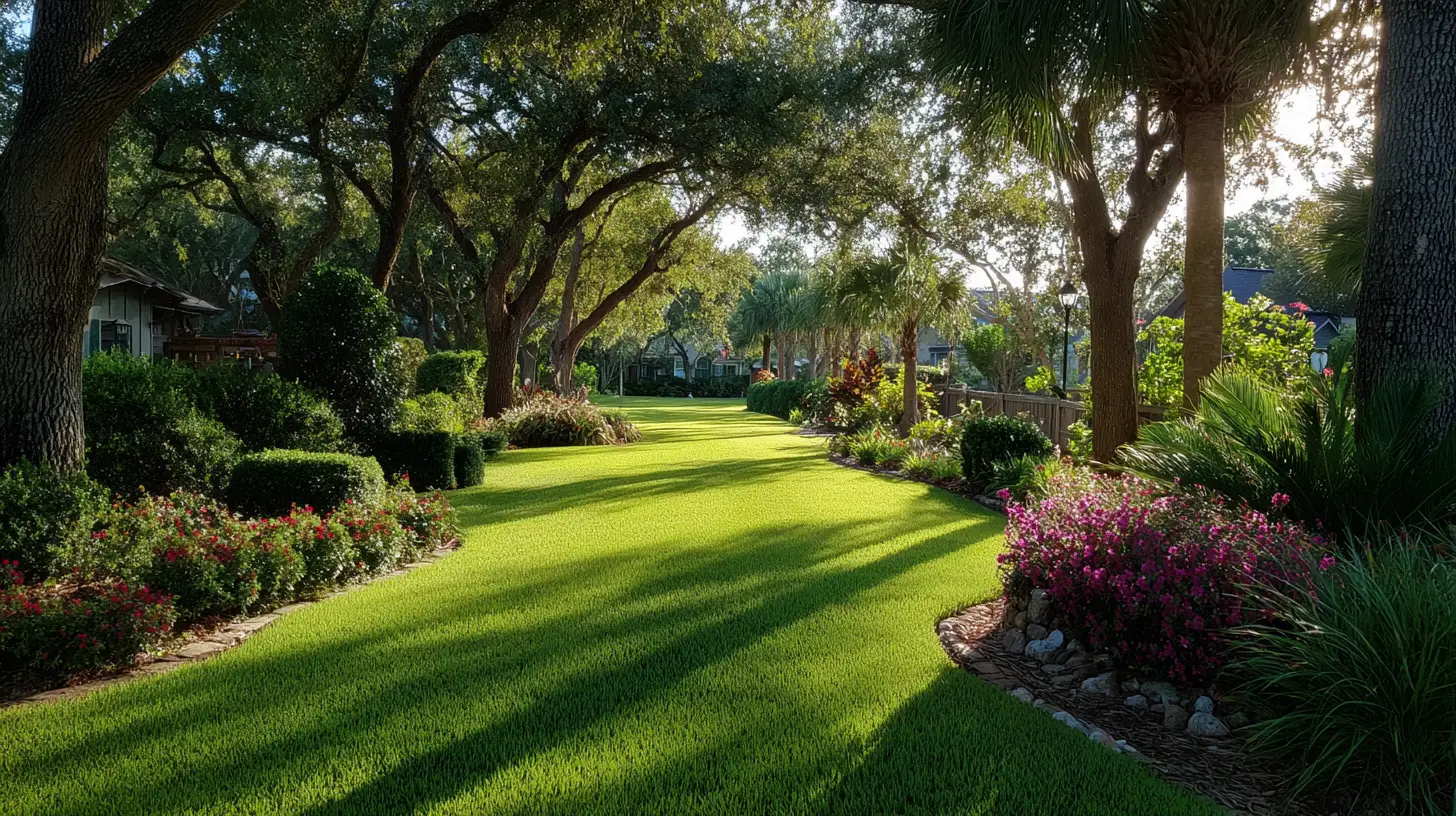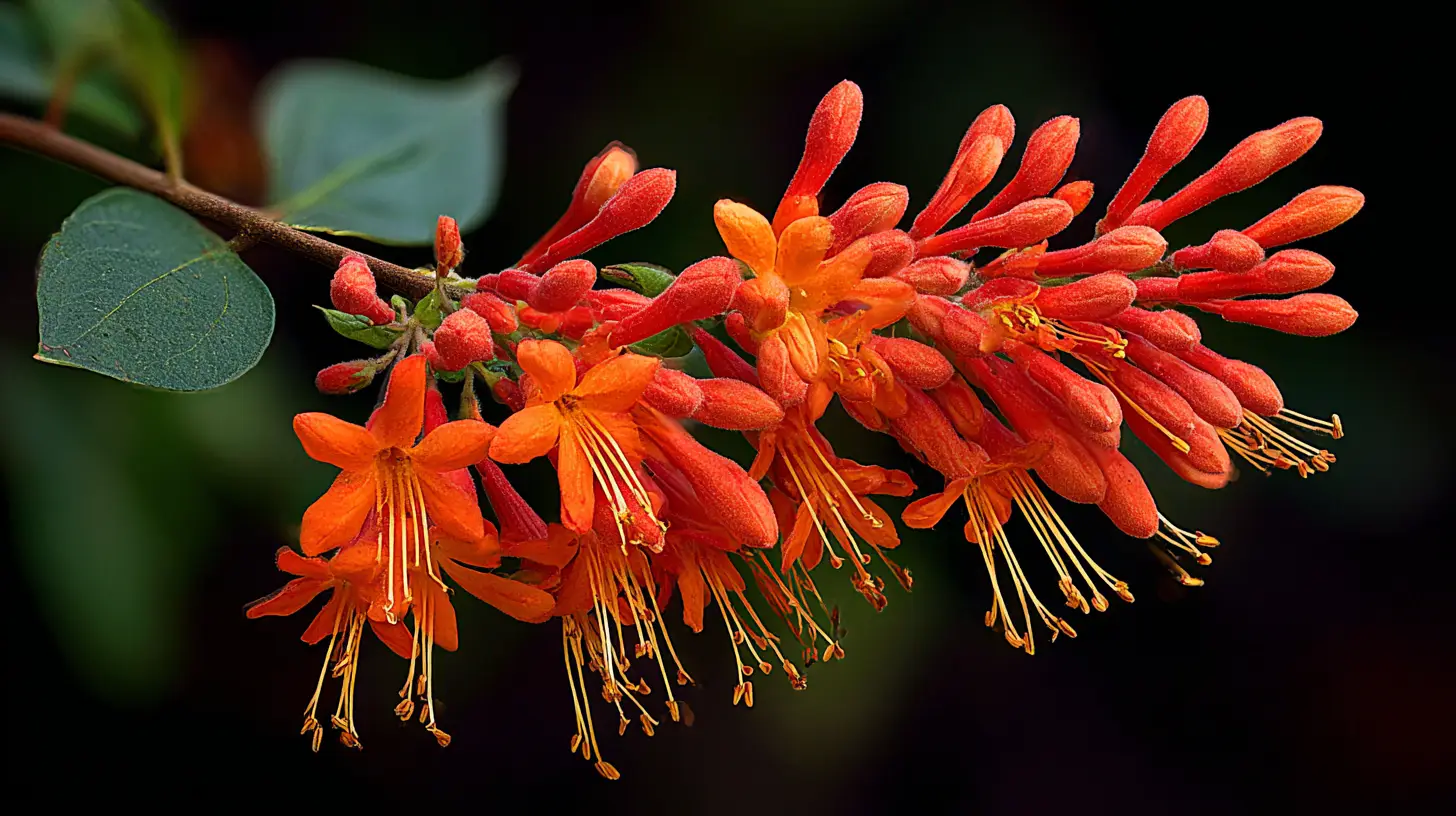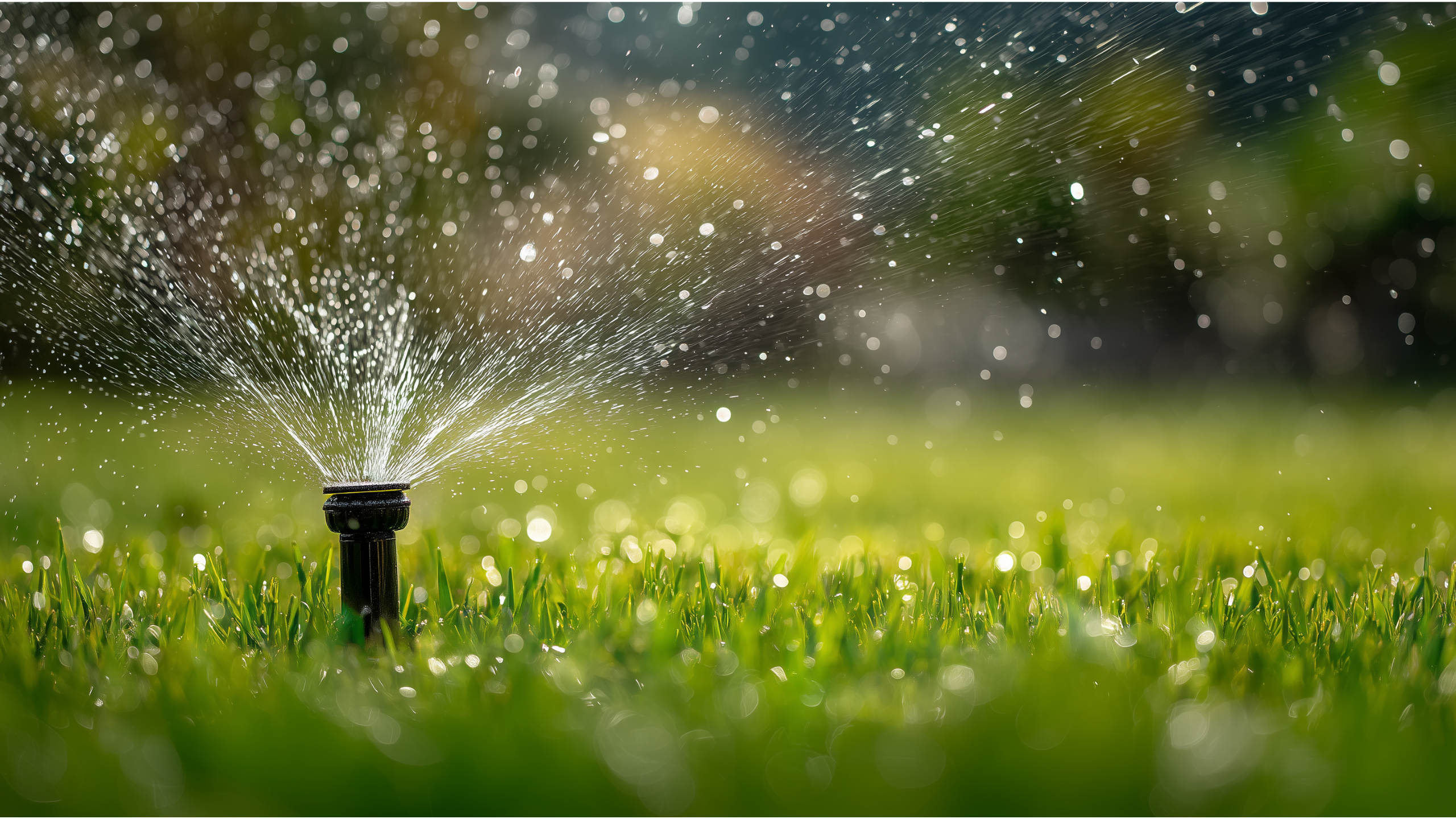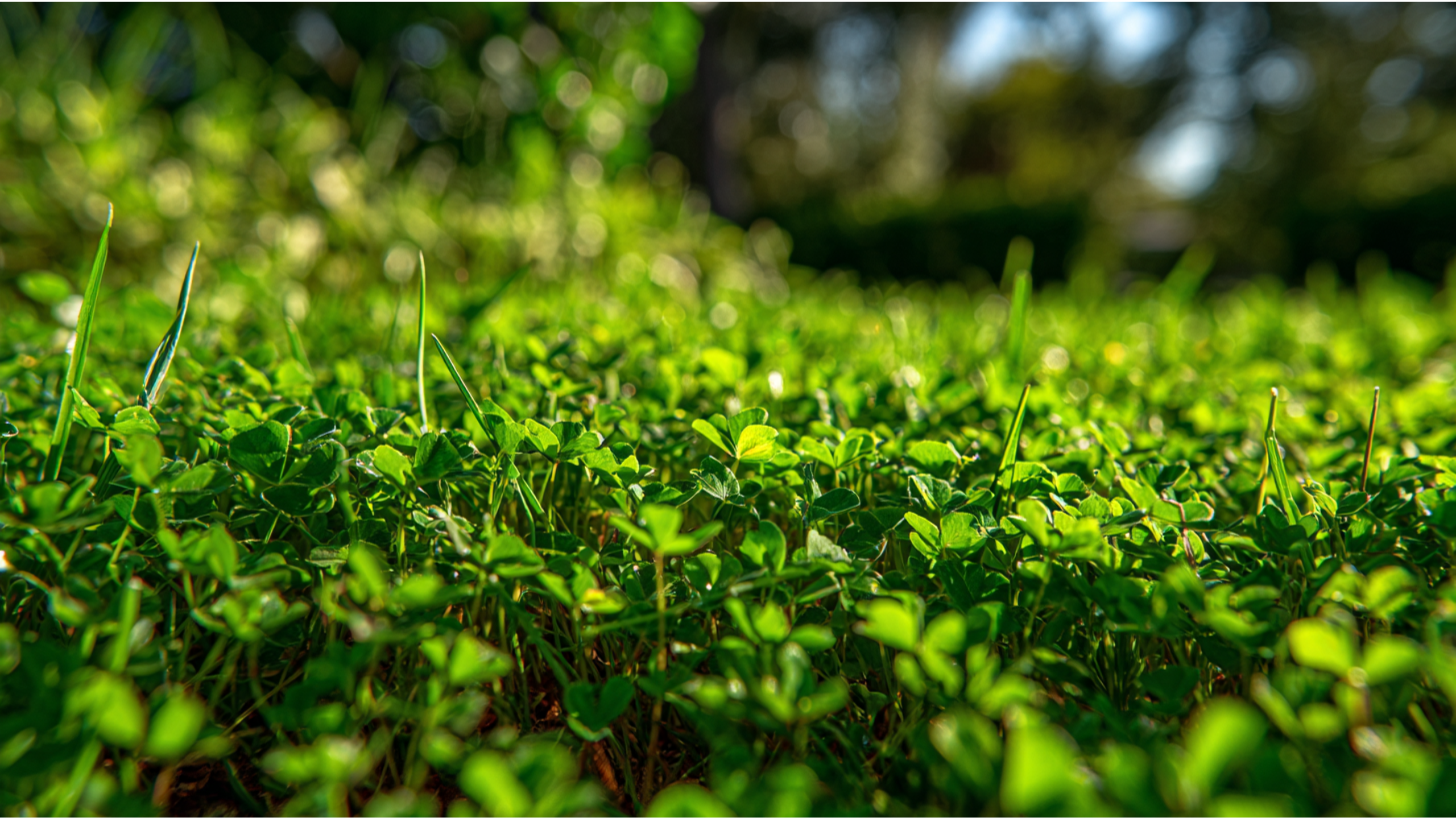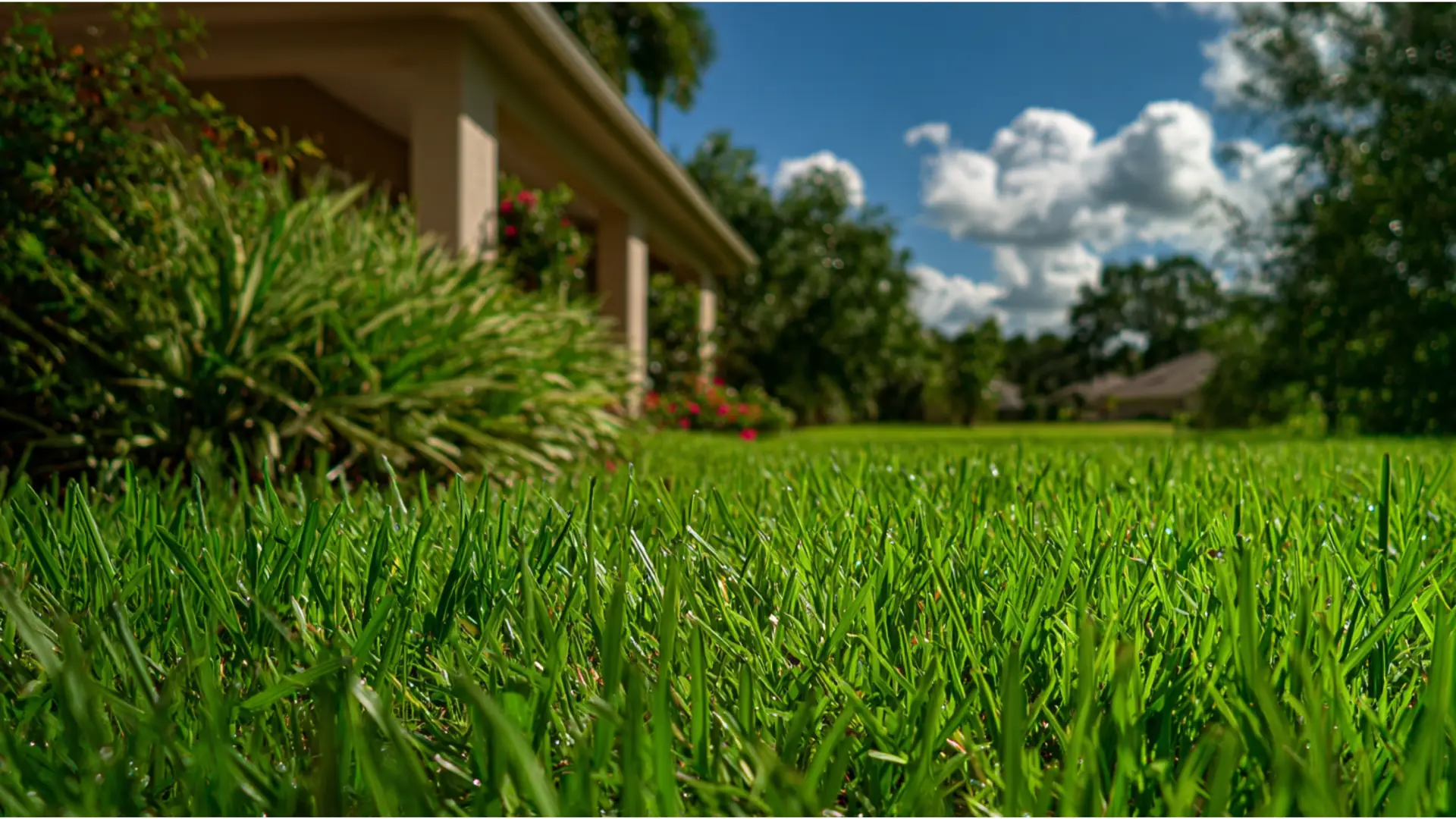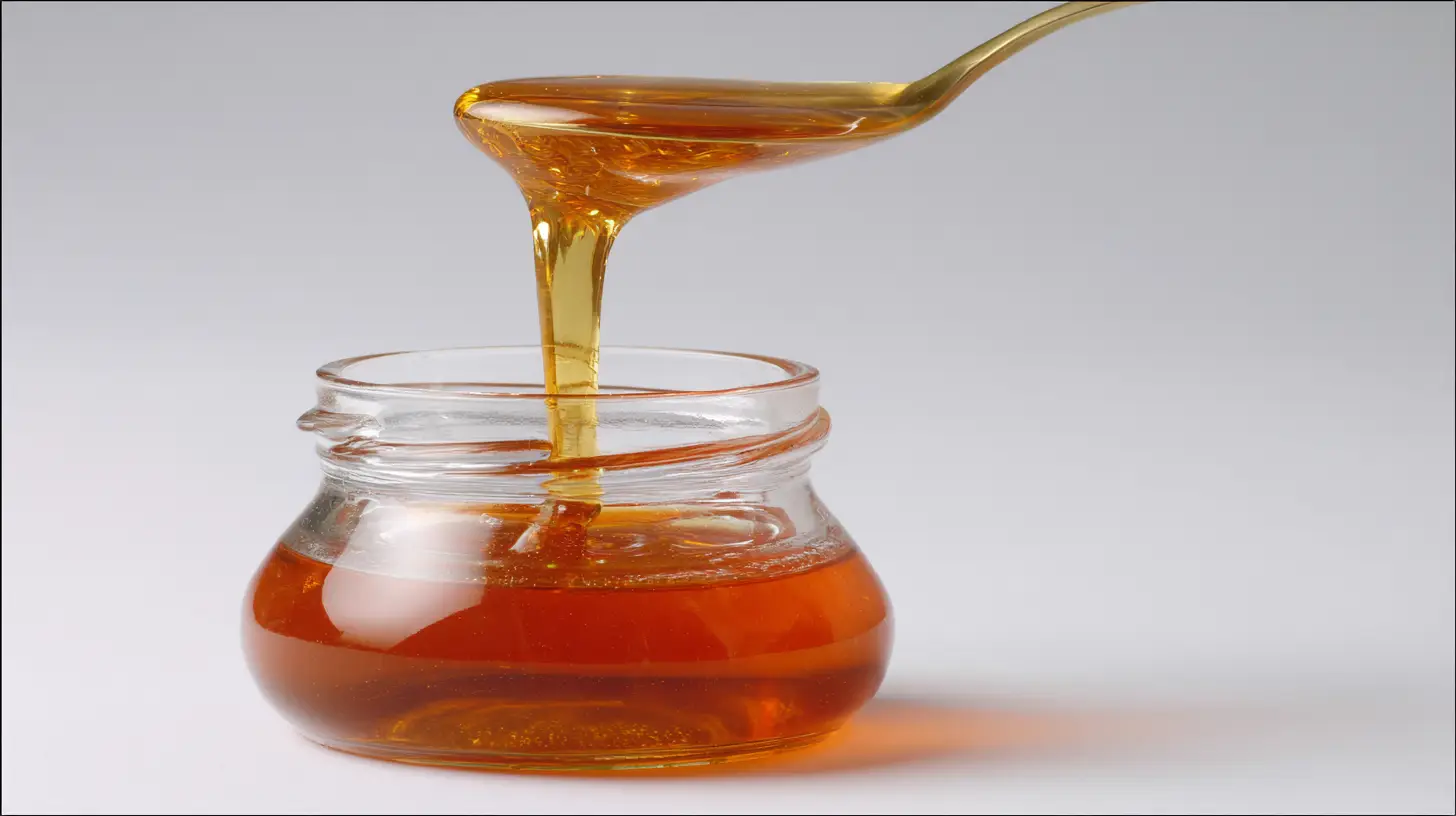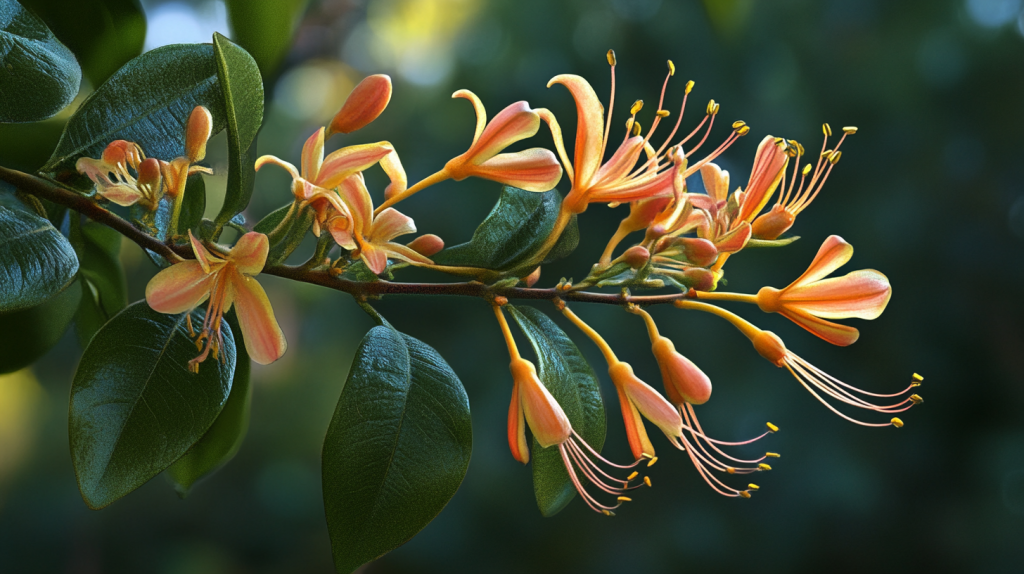
Table of Contents
With Southwest Florida experiencing its worst drought in nearly 25 years, many gardeners are watching their carefully tended plants wither under the relentless sun. Those brief rain showers last week barely made a dent, and meteorologists warn the dry conditions are far from over.
If you’re tired of playing plant paramedic with your thirsty landscape, it might be time for a garden makeover featuring drought tolerant plants that not only survive but actually thrive in our challenging conditions. These native and Florida-friendly drought tolerant plants love the heat, tolerate sandy soil, and ask for very little of your time or water.
Let’s explore nine exceptional drought tolerant plants that bring beauty, wildlife value, and resilience to Southwest Florida landscapes.
Key Takeaways
- Drought Is the New Normal: With climate patterns changing, choosing drought tolerant plants isn’t just convenient—it’s essential for sustainable landscaping in Southwest Florida.
- Native Plants Lead the Way: Florida natives like Firebush, Coontie, Simpson’s Stopper, Beach Sunflower, and Pink Muhly Grass have evolved to thrive in our challenging conditions without special treatment.
- Less Care = More Success: Counter-intuitively, many drought tolerant plants perform better with benign neglect than with excessive attention. Overwatering and over-fertilizing often cause more problems than underwatering.
- Wildlife Benefits: Most drought tolerant Florida plants provide significant wildlife value, supporting native butterflies, bees, birds, and beneficial insects.
- Design Diversity: Drought tolerant doesn’t mean boring! This collection offers a complete palette for designing beautiful landscapes—from groundcovers to trees, flowers to architectural specimens.
- Sandy Soil Is an Asset: Stop fighting your sandy soil! These drought tolerant plants actually prefer it, using excellent drainage to develop deeper, more drought-resistant root systems.
Firebush: The “Set It and Forget It” Superstar
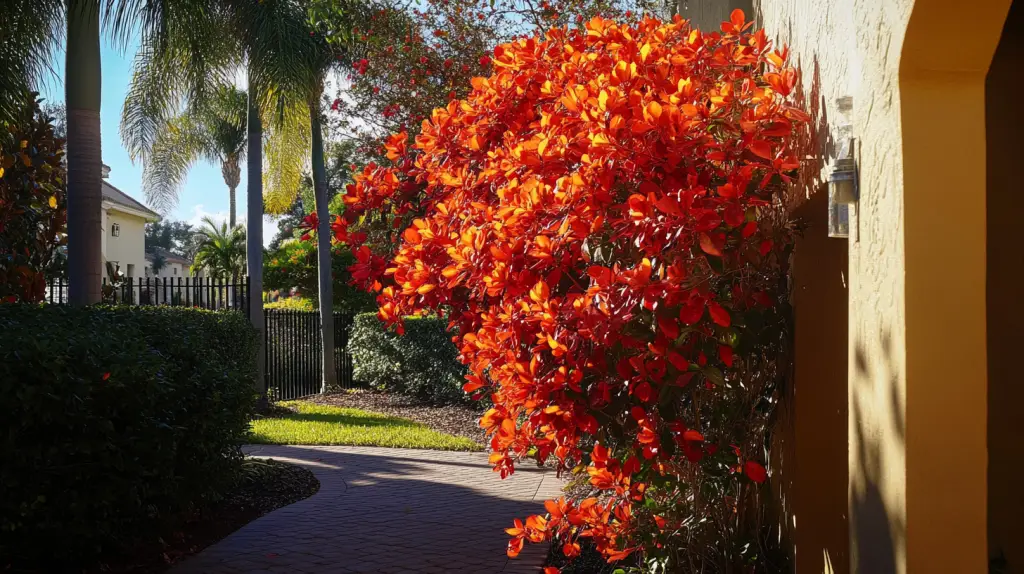
If I could recommend just one drought tolerant plant for Southwest Florida gardens, it would be Firebush (Hamelia patens). This native showstopper delivers vibrant red-orange tubular flowers nearly year-round in our frost-free region, creating a nectar buffet for butterflies, bees, and hummingbirds.
What makes Firebush truly exceptional is its resilience. As a Florida native, it’s perfectly adapted to our environment—thriving in dry sandy soil, flourishing in full sun, and forgiving those weeks when you forget to water. Once established, it requires almost no supplemental irrigation.
Quick Stats:
- Loves full sun (tolerates partial shade)
- Extremely drought-tolerant once established
- Low-maintenance with minimal pruning needed
- Grows 5-8 feet tall (up to 15 feet if left unpruned)
- Attracts hummingbirds, butterflies, and beneficial insects
Pro Tip: Plant Firebush near a window or patio to enjoy the hummingbird show without leaving your comfortable chair.
Coontie: The Zero-Drama Plant That Thrives Where Others Fail
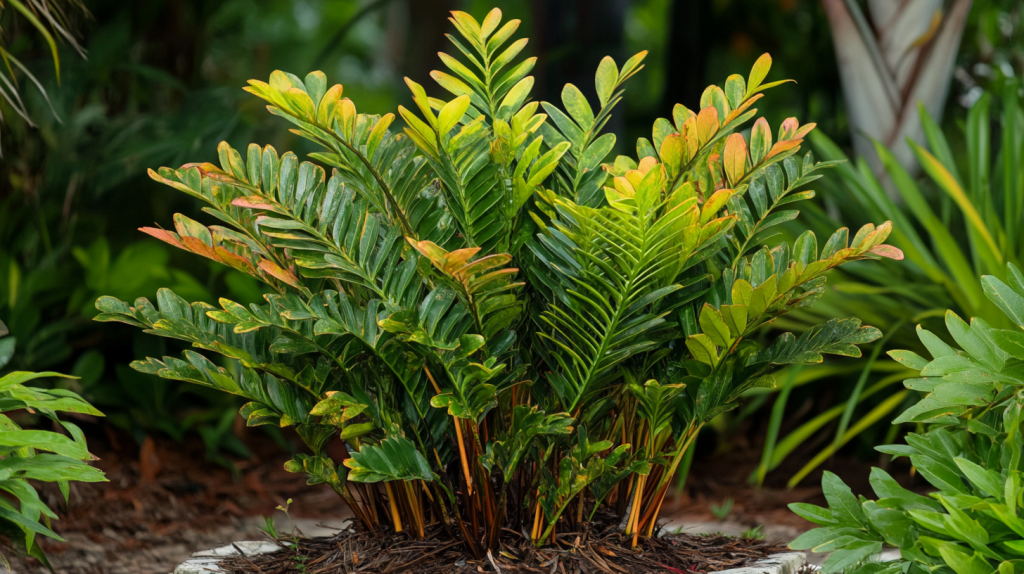
Coontie (Zamia integrifolia) is the definition of “plant it and forget it.” This prehistoric Florida native cycad has survived millions of years and still looks fresh and relevant in modern landscapes. With its feathery green fronds that maintain their lush appearance year-round, Coontie brings structure and evergreen presence to any garden.
What’s truly remarkable about Coontie is its unmatched toughness. It handles sandy soil, salt spray, drought, and neglect with ease. Once established, it lives entirely on rainwater without complaint.
Beyond its good looks and low maintenance, Coontie serves an important ecological role as the host plant for the rare Atala butterfly, making your garden part of a conservation effort.
Why Coontie Excels:
- Versatile light requirements (full sun to full shade)
- Minimal water needs (hates wet feet)
- No regular pruning required
- Supports pollinators, especially the threatened Atala butterfly
- Perfect for difficult spots where other plants fail (under trees, dry shade)

Get Pest-Free Today!
Trust Waves Pest Control for expert pest solutions in Florida. Call now or request your free quote online!
Request a QuoteSimpson’s Stopper: The Chill Shrub That Delivers Everything
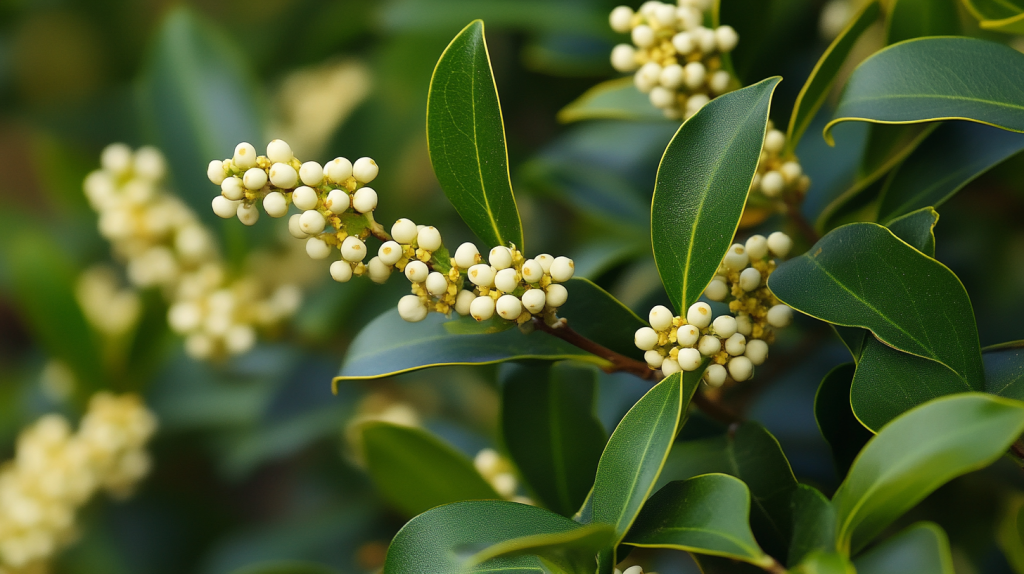
Simpson’s Stopper (Myrcianthes fragrans) is the multi-talented drought tolerant plant that does it all—fragrant white flowers, bright berries that birds love, glossy evergreen leaves, and attractive peeling bark. This Florida native shrub belongs in every low-maintenance landscape.
Its resilience is remarkable—handling drought, occasional flooding, salt spray, and varying light conditions without missing a beat. You can grow it as a dense hedge in full sun or let it develop as a small ornamental tree in partial shade.
Key Features:
- Thrives in both full sun and partial shade
- Drought-tolerant yet handles occasional flooding
- Slow-growing, requiring minimal pruning
- Attracts birds with bright red berries
- Works as a privacy hedge, screen, or specimen tree
Hot Tip: The subtle fragrance of the flowers provides unexpected moments of delight as you move through your garden.
Pink Muhly Grass: The Plant That Transforms Each Autumn
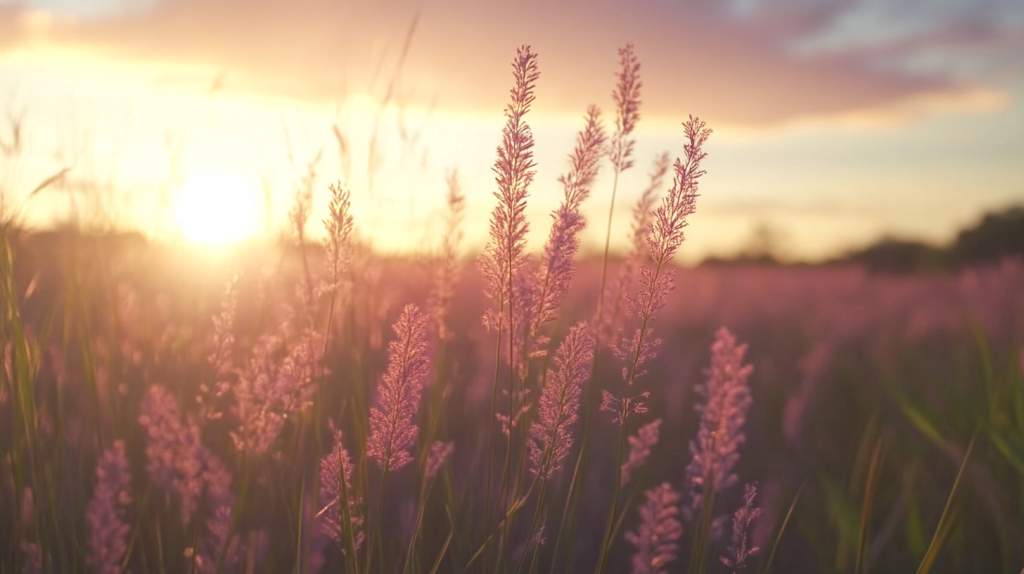
If you want seasonal drama without the maintenance headaches, Pink Muhly Grass (Muhlenbergia capillaris) delivers spectacular results. This native ornamental grass maintains a neat clump of blue-green foliage most of the year at a modest 2-3 feet tall. But come fall, it creates garden magic with ethereal pink-purple plumes that capture light like cotton candy clouds.
The best part? Pink Muhly Grass thrives on neglect. It loves heat, handles drought with ease, and actually performs better in poor, sandy soil than in rich garden beds.
Why It’s a Winner:
- Prefers full sun for best flowering display
- Extremely drought-resistant once established
- Minimal maintenance (just cut back once yearly in late winter)
- Creates movement and soft texture in the landscape
- Spectacular fall display that photographs beautifully
Where to Use It: Line driveways or walkways, mass in drifts for impact, or use in containers to add softness to hard surfaces. For designer-worthy combinations, pair with silver foliage plants or purple accents.
Beach Sunflower: The Florida Groundcover That Loves Neglect
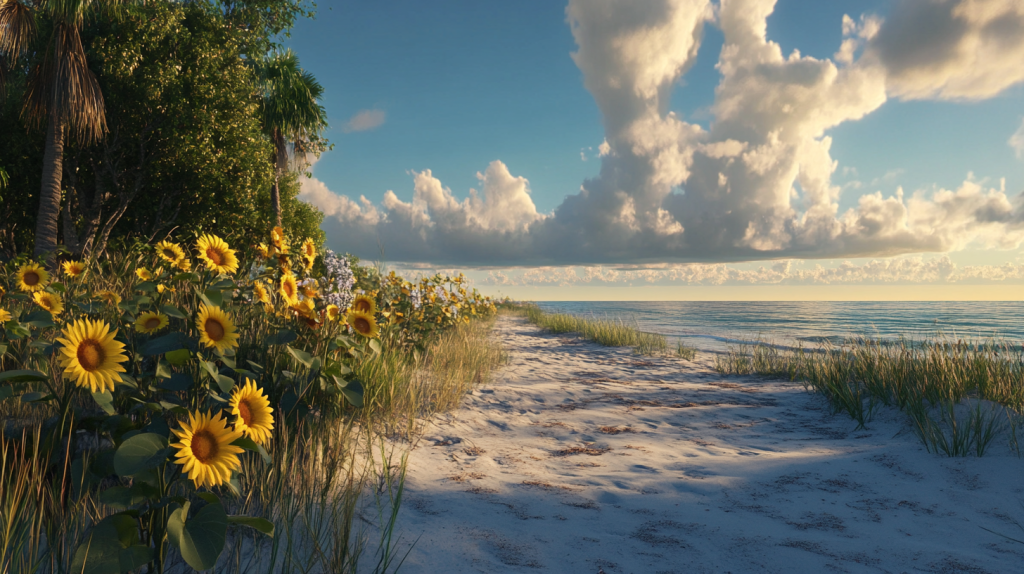
Beach Sunflower (Helianthus debilis) is the answer to those challenging hot, dry spots where nothing else seems to thrive. This native Florida groundcover creates a cheerful carpet of bright green foliage topped with sunny yellow daisy-like flowers nearly year-round.
True to its name, Beach Sunflower thrives in sandy, poor soil and actually performs worse with too much care. Skip the fertilizer, forget regular watering, and watch it spread into a colorful, pollinator-friendly mat that suppresses weeds naturally.
Perfect For:
- Full sun, hot, exposed areas
- Extremely dry conditions (too much water causes problems)
- Very low maintenance needs
- Creating flowery groundcover without irrigation
- Filling in bare patches through natural reseeding
Pro Tip: Let it naturally reseed to fill bare spots in your landscape—free plants without any effort!
Bougainvillea: The Drama Queen That Thrives on Tough Love
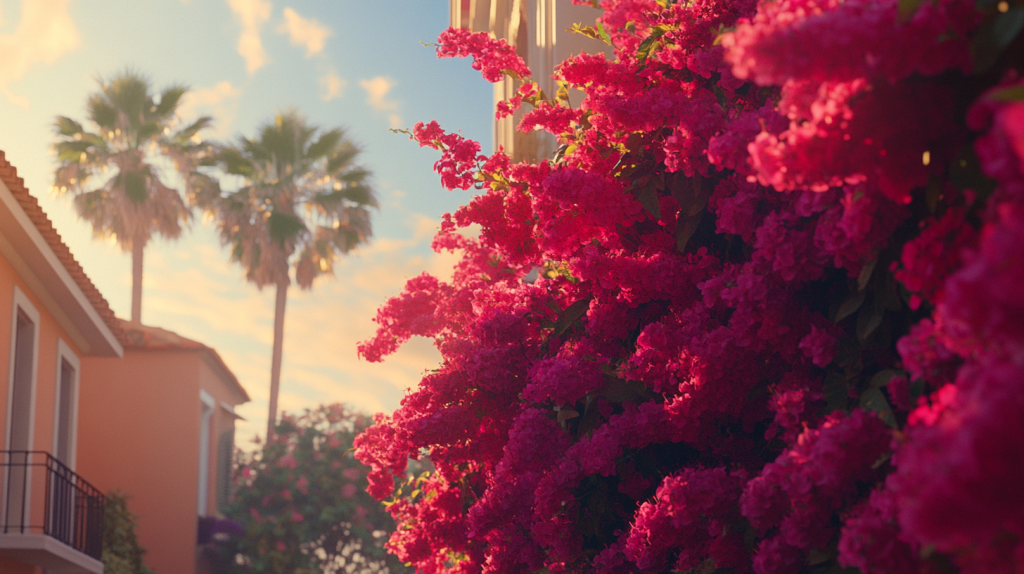
When it comes to spectacular color with minimal care, nothing beats Bougainvillea. This tropical showstopper doesn’t just bloom—it erupts with vibrant paper-like bracts in shades of magenta, purple, red, orange, pink, or white that can stop traffic.
The secret to Bougainvillea’s success in Southwest Florida? It actually blooms more profusely when slightly stressed. Give it full sun, excellent drainage, and resist the urge to overwater—the drier it is, the more it flowers.
Success Factors:
- Needs 6-8 hours of direct sun daily
- Thrives in dry conditions (overwatering reduces flowering)
- Minimal care beyond occasional pruning
- Works as climber, cascading specimen, or trained shrub
- Nearly continuous color in our climate
Important Note: Bougainvillea has thorns, so place it away from high-traffic areas where people might brush against it.
Plumeria: The Tropical Tree That Smells Like Paradise
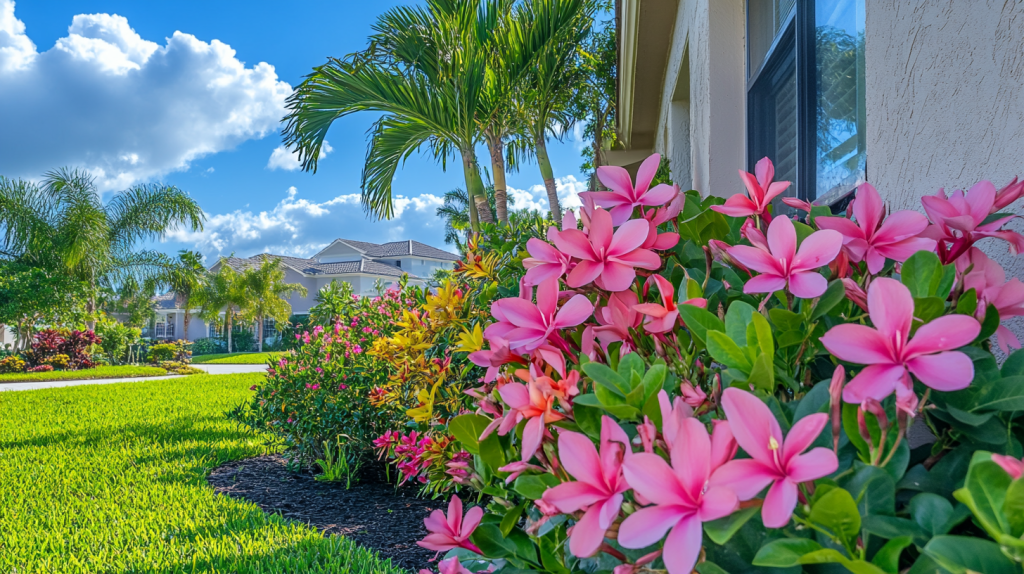
Plumeria (also called frangipani) brings instant resort vibes to Southwest Florida gardens with its lush green leaves and intensely fragrant flowers in shades of white, yellow, pink, and red. The waxy blooms produce a sweet, tropical scent that perfumes the garden, especially in the evening.
Despite its lush tropical appearance, Plumeria is surprisingly drought-tolerant thanks to its succulent-like branches that store water. It’s the perfect solution for gardeners who want tropical beauty without constant irrigation.
Growing Tips:
- Plant in full sun (6+ hours daily) for maximum flowering
- Provide excellent drainage—wet feet lead to root rot
- Minimal water once established
- Goes dormant in winter, dropping leaves before returning in spring
- Works beautifully as a specimen tree or in large containers
Fragrance Note: Plant near patios, windows, or outdoor seating areas to enjoy the intoxicating scent during summer evenings.
Agave: The Sculptural Showstopper That Thrives on Neglect
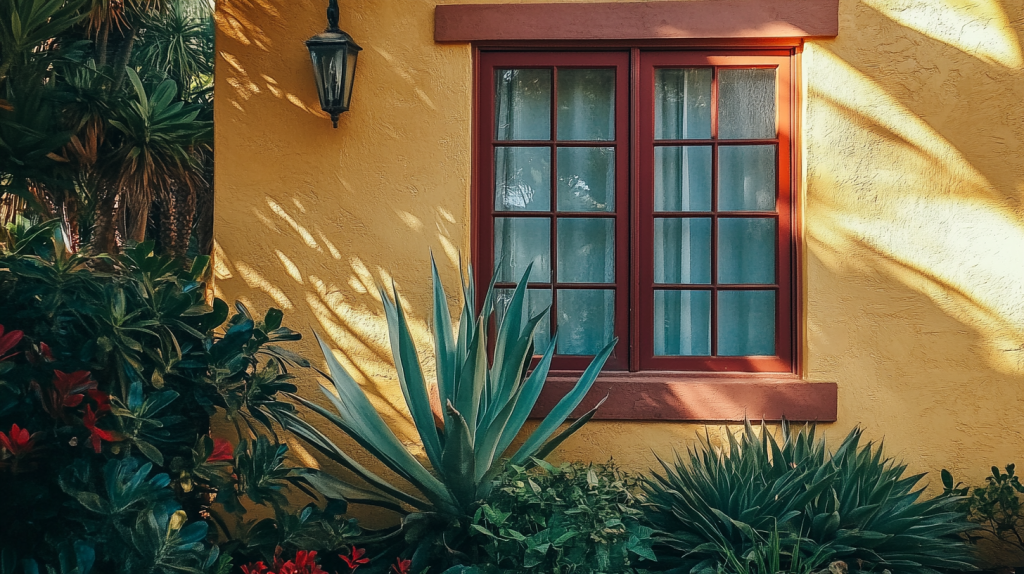
For dramatic architectural presence with practically zero maintenance, Agave delivers spectacular results. These bold succulents form impressive rosettes of thick, sword-like leaves in blue-green, silver-gray, or variegated patterns that serve as living sculptures in the landscape.
Agaves were made for Southwest Florida’s challenging conditions—thriving in heat, sand, and salt with minimal intervention. They’re the ultimate plant-it-and-forget-it option for creating striking focal points.
Essential Knowledge:
- Thrives in full sun and reflected heat
- Extremely drought-tolerant—rarely needs supplemental water
- Almost zero maintenance beyond removing occasional dead leaves
- Flowers once dramatically after years of growth
- Perfect for modern, contemporary, or desert-inspired gardens
Design Tip: Group different varieties together to create a stunning textural display that needs virtually no care or water.
Lantana: The Color Explosion That Butterflies Can’t Resist
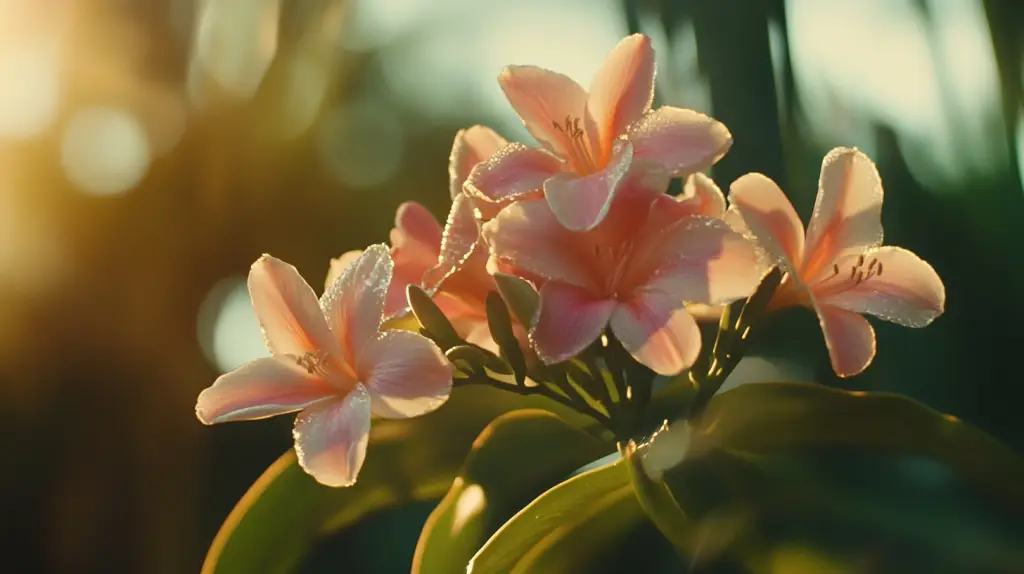
For non-stop color from spring through fall, Lantana delivers spectacular results with minimal effort. This tough flowering perennial produces clusters of multi-colored blooms in vibrant combinations of yellow, orange, red, pink, purple, and white that seem to glow in the Florida sunshine.
Lantana thrives in our hottest, driest conditions and actually blooms more profusely when the soil is on the dry side. It’s also a butterfly magnet, attracting dozens of species with its nectar-rich flowers.
Performance Highlights:
- Needs full sun (6+ hours) for best flowering
- Extremely drought-tolerant once established
- Low maintenance—occasional light pruning encourages more blooms
- Deer-resistant but butterfly-friendly
- Works in beds, borders, containers, and hanging baskets
Important Note: Choose sterile cultivars like ‘New Gold’ to prevent unwanted spreading, and be aware that berries and foliage are toxic if ingested.
Final Thoughts: Embracing Florida’s Natural Beauty
Creating a resilient, low-maintenance Southwest Florida landscape means working with nature rather than against it. By choosing drought tolerant plants that naturally thrive in our conditions, you’ll spend less time watering, fertilizing, and replacing failed plants—and more time enjoying your beautiful outdoor space.
Whether you incorporate just one of these tough beauties or redesign your entire yard with drought tolerant species, you’ll be creating a more sustainable, environmentally friendly landscape that celebrates Florida’s unique growing conditions rather than fighting them.
Frequently Asked Questions (FAQs)
When is the best time to plant drought tolerant plants in Southwest Florida?
The ideal planting window is fall through early spring (October through March). This allows plants to establish roots during our milder, slightly wetter months before facing summer heat. Avoid planting during the peak of summer if possible.
Do these drought tolerant plants need any supplemental irrigation once established?
Most established drought tolerant plants will thrive on natural rainfall alone in Southwest Florida. However, during extended droughts (3+ weeks without rain), an occasional deep watering may be beneficial. The key is infrequent but thorough watering rather than frequent shallow irrigation.
Will I need to amend my sandy soil before planting drought tolerant plants?
Usually not! Most of these drought tolerant plants prefer well-draining, sandy soil. Adding too much organic matter can actually be counterproductive for drought-tolerant species. However, incorporating a small amount of compost at planting time can help with initial establishment.
How do I know when drought tolerant plants need water?
Look for clear signs of stress: slight wilting, folding or curling leaves, or a dull, gray-green color instead of normal brightness. Most drought tolerant plants benefit from drying out between waterings rather than staying consistently moist.
Can I mix these drought tolerant plants with my existing landscape?
Yes, but group plants with similar water needs together using “hydrozones”—areas of your landscape dedicated to plants with high, medium, or low water requirements. This prevents overwatering drought tolerant plants when irrigating thirstier specimens.
What’s the best mulch for landscapes with drought tolerant plants?
Inorganic mulches like crushed shell, pebbles, or gravel work exceptionally well with drought tolerant plants. These materials reflect heat, prevent evaporation, and don’t break down quickly. If using organic mulch, pine straw is preferable to wood chips as it allows better water penetration during brief rain showers.
Will fertilizer help my drought tolerant plants perform better?
Less is definitely more! Most of these drought tolerant plants actually flower better and develop stronger drought resistance with minimal fertilizer. If you do fertilize, choose a slow-release formula applied at half the recommended rate in early spring.
How do I ensure these drought tolerant plants survive future water restrictions?
Plant them correctly from the start: dig holes twice as wide but no deeper than the root ball, water deeply but infrequently during the establishment period (typically 3-6 months), and apply 2-3 inches of mulch to conserve soil moisture while roots develop.

